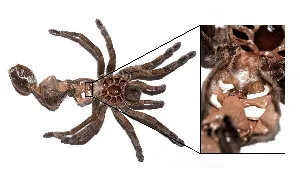What is Molting in Tarantulas
Molting is a crucial biological process for tarantulas, much like shedding a skin. It’s how these fascinating arachnids grow and replace their exoskeleton. This hard outer shell, composed of chitin, doesn’t expand, so as the tarantula grows, it must shed this restrictive covering. This process allows them to increase in size and replace lost limbs or damaged parts. The frequency of molting varies depending on the tarantula’s age and species. Younger tarantulas molt more often, sometimes every few months, while adults may molt only once a year or even less frequently. Understanding the molting process is key to properly caring for your tarantula and appreciating these amazing creatures.
Why Do Tarantulas Molt
The primary reason tarantulas molt is to grow. Their exoskeleton, while providing protection, is inflexible. It cannot expand to accommodate the tarantula’s increasing size. As the tarantula matures, it needs to shed this restrictive shell to allow for further growth. Additionally, molting allows tarantulas to replace lost or damaged body parts, such as legs, fangs, or setae (hairs). This regenerative ability is vital for their survival in the wild. Each molt offers an opportunity for the tarantula to repair itself and continue thriving. Molting also helps in the removal of parasites or other irritants that may have attached to the exoskeleton. Furthermore, the new exoskeleton is often more vibrant in color, making the tarantula look even more spectacular.
The Molting Process
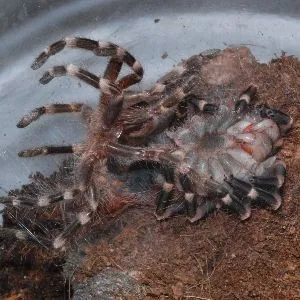
The molting process is a complex series of events that tarantulas undertake to shed their exoskeleton. It can take anywhere from a few hours to several days, depending on the size and age of the tarantula. The process is divided into several stages, each with its own specific characteristics. It requires the tarantula to be in a safe and undisturbed environment to ensure it goes smoothly and without complications. During this time, the tarantula is extremely vulnerable, and any disruption could be fatal. Therefore, it’s crucial to provide the right conditions and avoid any disturbances that could stress the tarantula during this critical phase.
Preparing for the Molt
Before molting, the tarantula will typically stop eating and may become less active. You might notice its abdomen darkening or appearing swollen. It might also start to create a web mat in its enclosure, which will serve as a soft surface for the molt. The tarantula will then detach its old exoskeleton from its underlying tissues. This process can take several weeks. During this time, it’s crucial to keep the enclosure clean and provide a stable, humid environment. Avoid handling or disturbing the tarantula during this period, as stress can disrupt the process. Ensure the water dish is full and readily accessible, and maintain appropriate temperature and humidity levels.
The Molt Itself
The actual molting process involves the tarantula positioning itself on its back or side. The old exoskeleton splits open, usually along the carapace (the top of the cephalothorax). The tarantula then slowly wriggles out of its old shell. This can take several hours, during which the tarantula appears motionless and vulnerable. The new exoskeleton is initially soft and flexible, allowing the tarantula to expand its body and grow. It’s an awe-inspiring sight, witnessing the tarantula emerge from its old shell, a testament to its resilience and the beauty of nature. It’s important to avoid disturbing the tarantula during this critical phase; any interference could result in injury or death.
Post-Molt Recovery
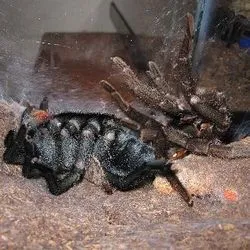
After molting, the tarantula is extremely vulnerable. Its new exoskeleton is soft and requires time to harden. It’s also likely to be very hungry. It’s essential to provide a safe, undisturbed environment. Avoid handling the tarantula for at least a week or two, until its fangs have hardened. Offer food, such as appropriately sized insects, after the fangs have hardened. The tarantula will likely be eager to eat. Provide fresh water. The colors of the tarantula will become more vibrant after the molt, making it appear even more stunning. The tarantula will regain its full strength and continue its life cycle.
Top 5 Amazing Molting Views
Molting Tarantula View 1
The initial split of the exoskeleton: Witness the moment the old shell cracks open, revealing the new, pristine exoskeleton beneath. It’s a dramatic moment, capturing the beginning of a transformative event. The contrast between the old and new shells is striking, a visual representation of the tarantula’s renewal.
Molting Tarantula View 2
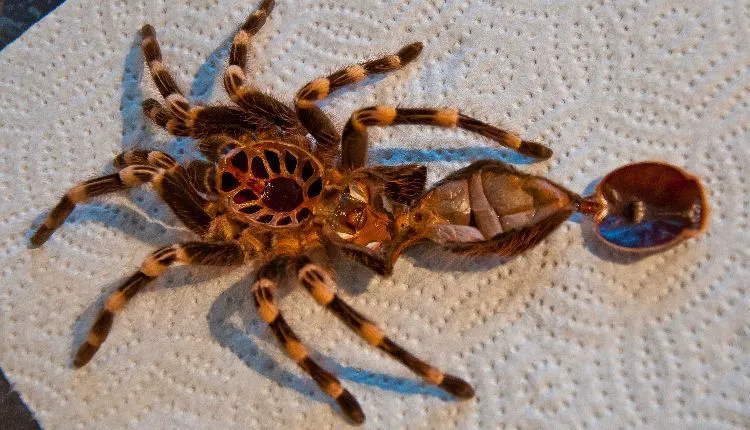
The slow emergence: Observe the tarantula gradually extracting itself from its old shell. This patient process, often taking hours, is a demonstration of the tarantula’s determination. The delicate movements and the slow shedding process offer a captivating glimpse into nature’s artistry.
Molting Tarantula View 3
The perfect cast: See the complete shed exoskeleton, an exact replica of the tarantula. It’s a testament to the intricate details of the tarantula’s anatomy. The cast can be a striking display of the tarantula’s former self, offering a unique perspective on its physical structure.
Molting Tarantula View 4
The freshly molted tarantula: The newly revealed tarantula, with its vibrant colors and pristine appearance, is a sight to behold. The soft, new exoskeleton is a fresh start for the arachnid, displaying its full beauty. The colors are often brighter, making it appear even more spectacular.
Molting Tarantula View 5
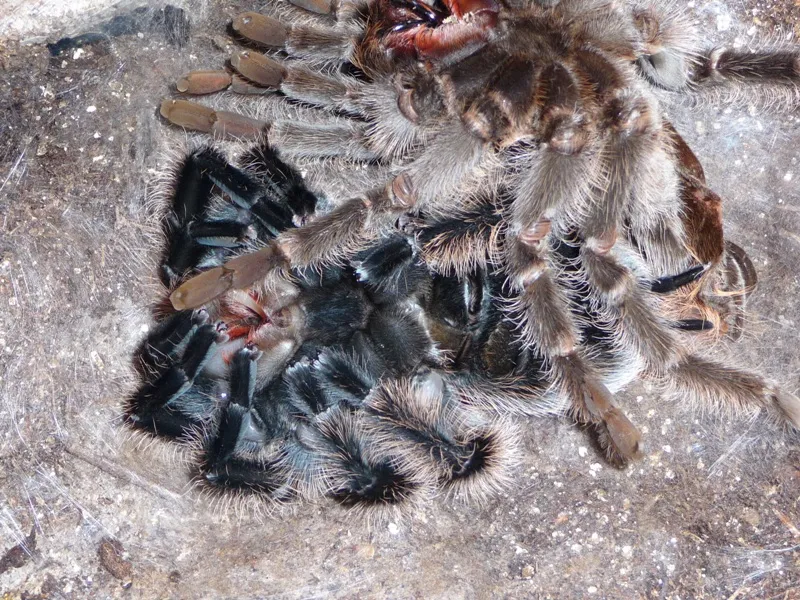
The close-up of the fangs: Focusing on the fangs is a reminder of the tarantula’s power. The new fangs are often a bit larger, a sign of the tarantula’s growth. The magnification reveals the intricate details of these tools, essential for feeding and defense.
Tips for Photographing Molting Tarantulas
Equipment and Setup
To capture stunning molting tarantula pictures, you’ll need some essential equipment. A macro lens is crucial for close-up shots. A tripod will stabilize your camera and allow for sharp images, especially during the long exposure times often needed. Good lighting is essential. Natural light is great, but a ring light or softbox can provide even and controlled illumination. A clean and well-prepared enclosure background will enhance your photographs. Also, ensure your camera settings are optimized for macro photography, with a small aperture (high f-number) for a greater depth of field.
Patience and Timing
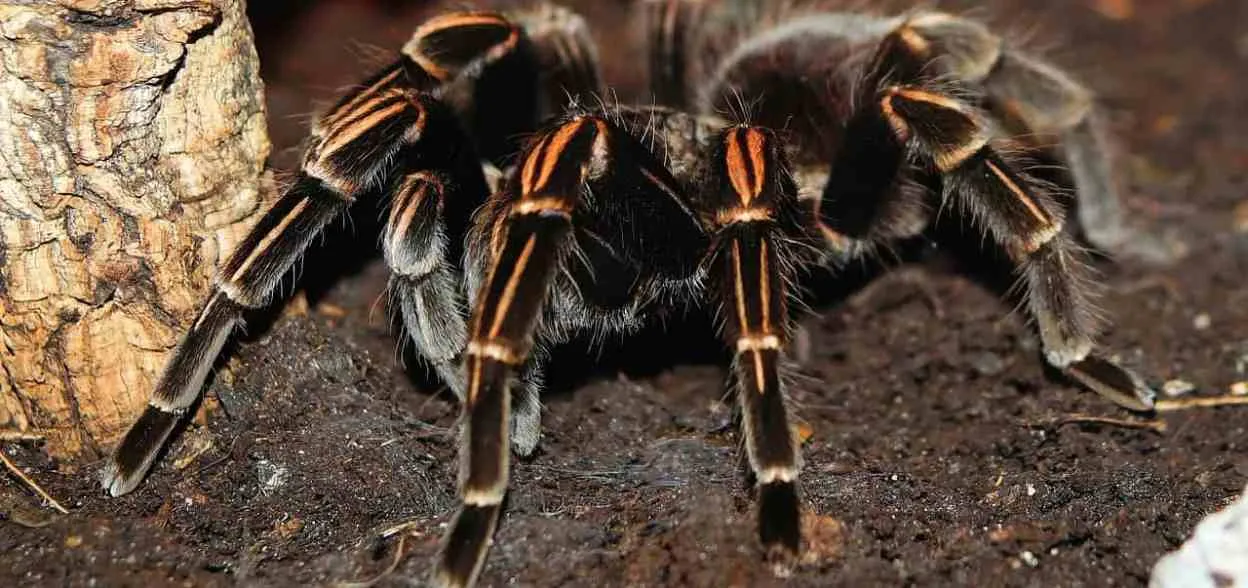
Photographing a molting tarantula requires immense patience. The process can take several hours. Be prepared to spend a significant amount of time observing and waiting for the perfect moment. Timing is everything. The most dramatic moments, such as the initial split or the full emergence, require careful attention. Be ready to capture these fleeting instances. Avoid sudden movements or loud noises, which can stress the tarantula and potentially disrupt the molting process. Take breaks and give your eyes a rest, but stay vigilant for those incredible photo opportunities.
Safety Precautions
Always prioritize your safety and the tarantula’s well-being. Do not disturb the tarantula during the molting process. Avoid any direct contact or handling. Keep a safe distance to prevent startling the tarantula. If you need to adjust the lighting or camera, do so slowly and gently. Be extremely careful when opening the enclosure. The tarantula is most vulnerable during and immediately after molting. Therefore, it’s crucial to maintain a calm environment and prevent unnecessary stress. Your careful approach will ensure both your safety and the tarantula’s successful molt.
Conclusion
The molting process in tarantulas is a remarkable phenomenon, a testament to their resilience and adaptability. Witnessing this transformation is an unforgettable experience. We’ve explored the intricacies of molting. We’ve looked at the best views. And we’ve provided you with the tools to capture this amazing event through photography. Remember to approach this with respect and understanding. This ensures the health of the tarantula. By appreciating the beauty and complexity of this process, you’ll develop a deeper respect for these fascinating creatures. So, keep an eye on your tarantula. Be ready for the next molt. You could capture some incredible molting tarantula pictures.
